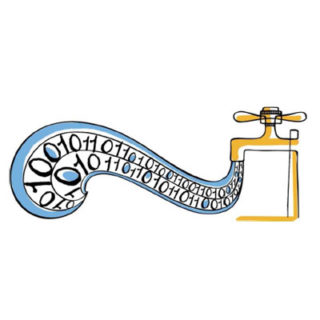As the resolution and depth of video content increases, the amount of content that must be retained for immediate online propecia sales production, as well as future use plus that required for long-term content preservation is increasing. Relying on NetApp’s proven leadership in enterprise disk storage – backed by the company’s world-class sales, service, and support – media organizations have been able to improve their access to content archives while realizing new IT value, lower risks, and reduced overall cost of ownership
Videos, images, documents in which ever format needs to be stored.Storage systems in the market today literally have the same physical characteristics. But what differentiates NetApp from the rest cost viagra of the race is the intelligence carved into the storage with the NetApp software stack.
Digital Content management means explosive data growth and delivery of rich media higher availability, scalability, and viagra original pfizer order performance-and at lower total cost of ownership. NetApp suite of data management software will allow media companies to more intelligently use and invest in require data storage. Some of the software is mentioned below.
All NetApp FAS series storage systems, provides the flexibility to host multiple storage tiers within a single system thus allows more storage capacity for less price at zero performance compromise.
NetApp’s own De-duplication software allows customers to save up to 95% of storage otherwise wasted on saving duplicate copies of the same media file. Only NetApp can do de-duplication on live storage.
NetApp Thin-Provisioning technology allows storage savings up to 33% by
dynamically provisioning storage space without purchasing physical storage for new deployment. It further lowers TCO by not purchasing storage space that’s not required upfront and regulating the cash-flow.
Yahoo is an ideal example using NetApp storage for it’s webmail service. Yahoo provides more than 1GB of mailbox space for millions of users. If the math is done properly and Yahoo actually allocates 1GB of physical storage to each user, Yahoo will be out of business from tomorrow.
The trick is have less physical storage but mimic a larger logical storage since every user will not use the full 1GB of mailbox space. This is intelligent use of storage.
Stored Digital content will either be accessed over a SAN (Storage Area Network) or NAS (Network Attached Storage). NetApp FAS storage systems with the Unified Storage Architecture approach provides accessibility to different network types (FC, iSCSI, NAS).
Technologies such as SnapClone and Snapshots can increase storage savings up to 80% by allocating storage which is only required for a certain functionality.
Performance is another factor in digital asset management especially in video and image rendering. NetApp Data OnTapGX software provides the ability to group multiple storage controllers working in a load balanced mode providing the intensive storage performance required by such render farms.
NetApp general purpose storage changing personality for Media Archiving
Media Archiving itself is part of digital content management, which deals with long term retention of Digital data. During the hay days the alternative for digital archiving was on tapes. Tapes had many drawbacks though it was the cheaper option. Tapes were too slow to access and take days to access old video footage. Tapes had to be stored in controlled environments and were prone to fungus, decay resulting in data loss of corruption. Disks were the alternative but quite expensive and was not a viable option for a multi Terabyte media company.
NetApp NearStore Personality software combined with the FAS storage systems provide the ideal solution for this challenge. Rather than archiving the digital data on tapes NetApp Nearstore solution allows the data to be archived on cheap SATA disks.
With the 2TB SATA disks available the $ per Gigabyte stored on disks has dropped dramatically. The NearStore Storage will provide a cost effective archival storage for the Media Archiving applications.
Having Nearstore as the platform for Media archival provides many advantages including larger number of media archival data streams into the storage and data de-duplication on archived storage














